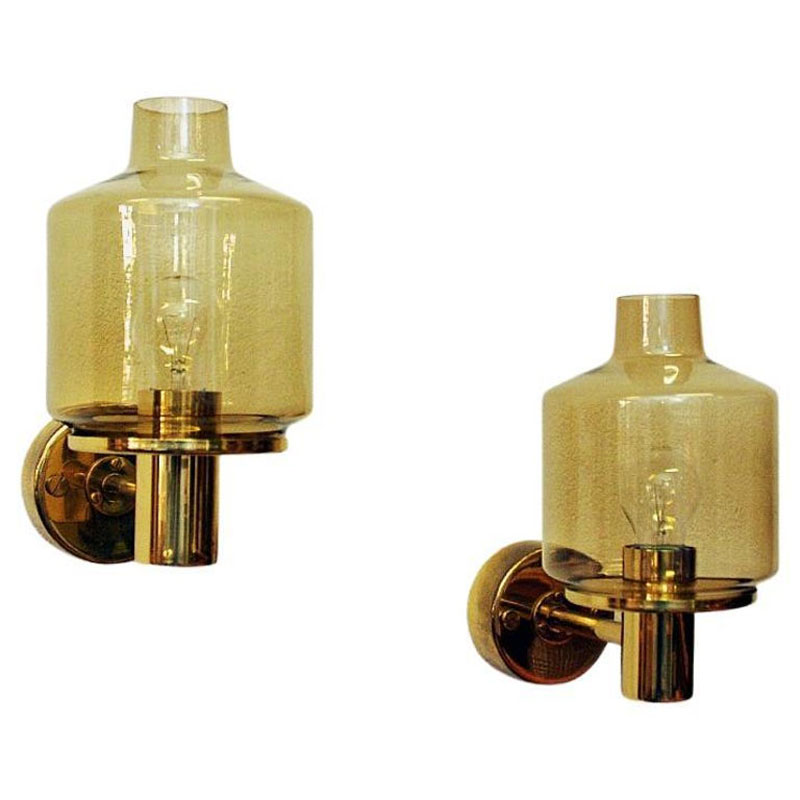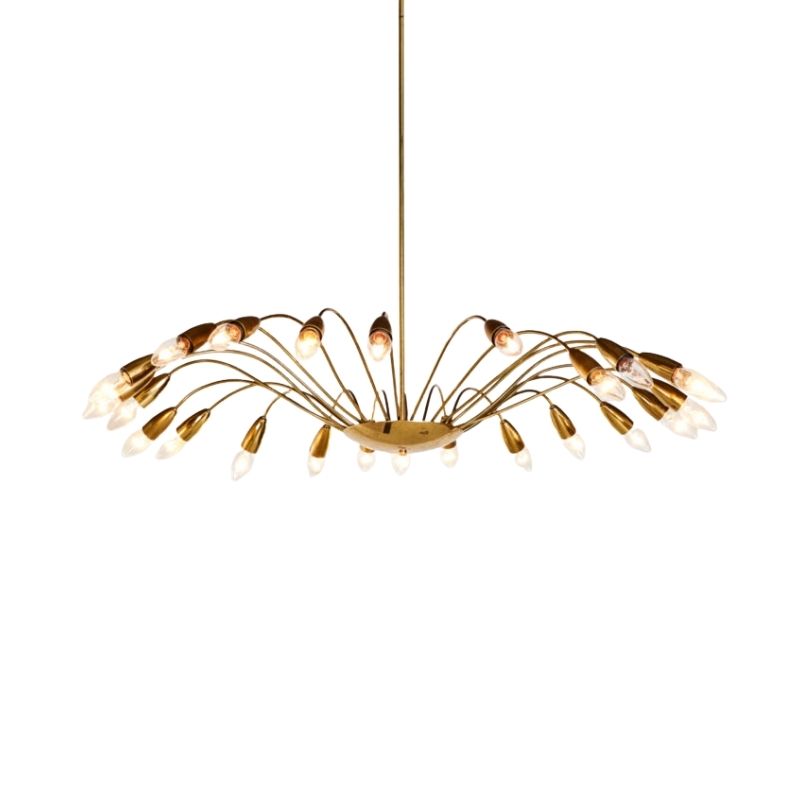1. I have woven three of these now, and I don't remember how much cane I used. Get more than enough.
2. The side to side is the warp and it is done first. The strands are all wrapped around the frame an extra two times and the end is tucked under the the "tucking" strand that runs along the frame and the next strand goes over the last two wraps of the prior strand locking it in place. All this will become clear on disassembly. Take a lot of good closeup photos of the corners both sides, so that you have a reference for how to start and end.
3. The chair is very easy to disassemble if you can wiggle the plugs out non-destructively, say with your fingernails. If you have enough space at the bottom of the backrest to slip the cane through, then I suppose you could weave it assembled, but it is going to be a lot of extra work.
I had a big problem with cane splitting lengthwise, often after I'd done a few passes with it through the weave and and had about 1/3 left of the length. I'm pretty sure this is because of the way they process it nowadays. The whole reed is run through a cutter that cuts it into a set width. Used to be it was peeled off by hand starting with two little nicks with a knife at the end of the reed. That way would pretty much guarantee that it splits with the grain and you don't get the sliver bits along the side that end up splitting the entire piece.
That's probably more than enough info for you at this point but remember it---it will happen as you weave and it'll be frustrating but just know that it's not something you're doing wrong. People here have reported getting better quality cane from this or that online source but unfortunately I can't recall them offhand. I know I got some awful stuff somewhere. Drove me NUTS.
Anyway, that's a roundabout way of telling you to get not just extra, but kind of a lot extra.
Ditto to everything Leif said. I would just add that a phone video taken as you unwrap the cane from the rails is even better than photos. Start with a wide shot and then zoom in on the wrap, just so that you have a very clear idea of the whole picture later. I always think I'll remember exactly what's what and I almost never do, especially when I pick up the work after a week or two away from it.
Thanks for the tips. I plan to take very detailed photos and videos of the deconstruction.
I was able to get 1 of the 6 plugs out in the way you describe, Leif. It seems that the others had been forced in very deep at some point. However, because these are 12mm plugs, I wasn't keen on making the the 1/2in ones you can get in various woods work here. So, as an experiment, I drilled very small holes in the remaining plugs and gently inserted a very small screw into them and used leverage to pop the other 5 plugs out. All of them came out without splitting or any damage beyond the holes I made. I then filed and sanded the back sides of them into a dome - not quite as domed as the original face sides, but a nice rounded taper nonetheless. I figure because these are pretty robust plugs I was able to do this without splitting them...maybe a good option for others that hate the plug game that comes with refinishing Danish chairs.
Leif - the tucking stands are one of the bigger questions marks for me at the moment. I think I understand a bit about how they operate - essentially locking previous strands in place as you go. Why are there two of these on the top/headrest rail and only one of the three other rails?
If this photo shows the correct weave pattern for the top rail, it shows why you need 2 horizontal strands. Leif can confirm or correct me. I've seen these chairs in person with the original cane but haven't done one in person and it's been awhile now since seeing one in the wild.
The strands on a lot of chairs I just looked at online were quite messed up--sagging way out of pattern. Even the single strands can shift around as you work. You have to keep a close eye on them and nudge them back to where they're supposed to if they start to slide off course.
https://sidecarfurniture.wordpress.com/2011/11/30/rocker-reweave/
Sidecar does a very nice job of restoring woven seats and this blog post about the Hans Olsen rocker might be helpful. He is showing 2 strands on both original and new weave, though they're quite a mess on the original.
Interesting...I realize now that the two stands, at least in part, are so the top to bottom strands match the angle of the back - holding them close to the bottom of the top rail. Thanks, Spanky.
I can't believe in all of my scouring of the internet I hadn't come across Sidecar, so thanks for that too. Very helpful to see some process shots.
I was assuming that there were only tacks on the ends of each rail, not so many throughout the weave. Most of the strands on mine are loose and I was assuming they were held in place buy subsequent wraps and tucking strands only. I assume I'll find out when I take the old cane off. Have you guys used tacks throughout like Sidecar?
Regarding the weave, my chair is different than both the first picture Spanky posted and how Sidecar has done his chair (photos below). Though my bottom tucking strand has slid far up the rail, you can see that the pattern of the two tucking stands is not as Sidecar has done it, that is, his top strand holds down all of the wraps and his bottom strand holds down all of the strands that go to the bottom rail. Whereas, on my original weave, the top strand holds down the left wrap of each set of two AND the strands that go to the bottom rail, and the bottom strand holds down just the strands that go to the bottom rail. Could that be more secure and have more locking power?
I'm sure each of these is an effective way to do the weave, and I'm inclined to do as Leif suggests and replicate what was original to my chair. But I wonder if one of these was the original weave or if there were some variations.
I think you're safe doing the top rail exactly like your original weave. It's possible that different weavers had their individual quirks in the overall pattern. I've certainly seen that in Danish furniture woven with paper cord.
I didn't look at the Sidecar post in detail but I know that on the pieces I've done with binder cane, the starting end usually was tacked and the finish end was just tucked under---which I think is because there's usually no way to anchor the finish end with a tack and still be able to hide it. When you tack the starting end, you wrap the cane around and over the tack to hide it. Maybe i'm mis-remembering it, though--haven't done this type of weave in at least 2 years, i think.
By the way--modern cane splits more easily than the stuff they used 40 or more years ago. I have seen old cane tacked with tiny blue steel upholstery tacks but I've had WAY better luck using small wire nails (which i've also found on lots of old caned pieces, Danish & otherwise.) You will need a tack hammer for these (about $5 at any hardware store). And unless you're really good at hitting tiny nails exactly square on the head every time, just hold it in place with needle nose pliers until you get it halfway in. I figured that one out the hard way.
Oh, and another thing that i keep forgetting to add---don't try to work out all the details before you even start. It's too much to keep in your head. Figure out your first step or two (including how to pre-soak the cane---vitally important). I know I always do a lot of reading first but there are always a few little tricks or steps that I gloss over---then later I get stuck and reread it and think, "oh THAT'S what they're talking about!" Many little eureka moments. Do a lot of reviewing as you go, it'll save you a headache or two.
I finished the warp today - overall this was easier than I thought it would be. I'm sure the weft will be harder, but before I move on to that I wanted to ask about what I've done so far. I tried to leave some slack in the warp strands given the curve of the top and bottom rails. The cane has enough stretch that it can almost mimic the curve of these rails when pressed on individually, but I'm wondering if they are still too tight? It's difficult to photograph but I tried anyway.
Thanks in advance!
I guess this is mostly directed at Leif:
I'm in need of some guidance on how to do the weft stands. I've tried and failed a number of times. My next attempt is going to be to weave all of the strands through the top section of the warp and then individually attach all of them to the bottom rail left to right. And once that is done, attach all stands to the top rail right to left. I've stared at this thing and my photos and videos of the old cane for hours and this is the best I can come up with. Any ideas or guidance would be greatly appreciated!
well..I'm not Leif but I would have done the top to bottom strands first. I know he said above to do it the other way but in general I've found it's advisable to fasten whatever the material is (webbing, fabric, cane, paper cord) to the two most curved rails first. Otherwise you end up with a finished surface that tents across the back (or seat, whichever is the case) instead of conforming to the curve.
Does that make sense?
If you need any help, please contact us at – info@designaddict.com









